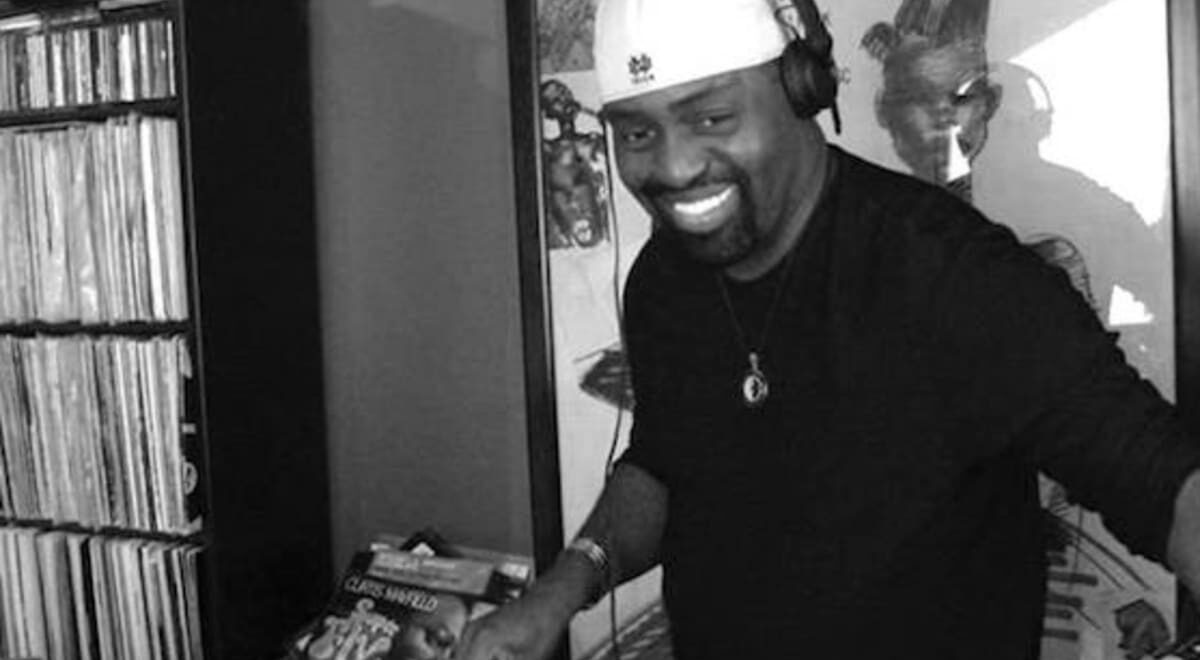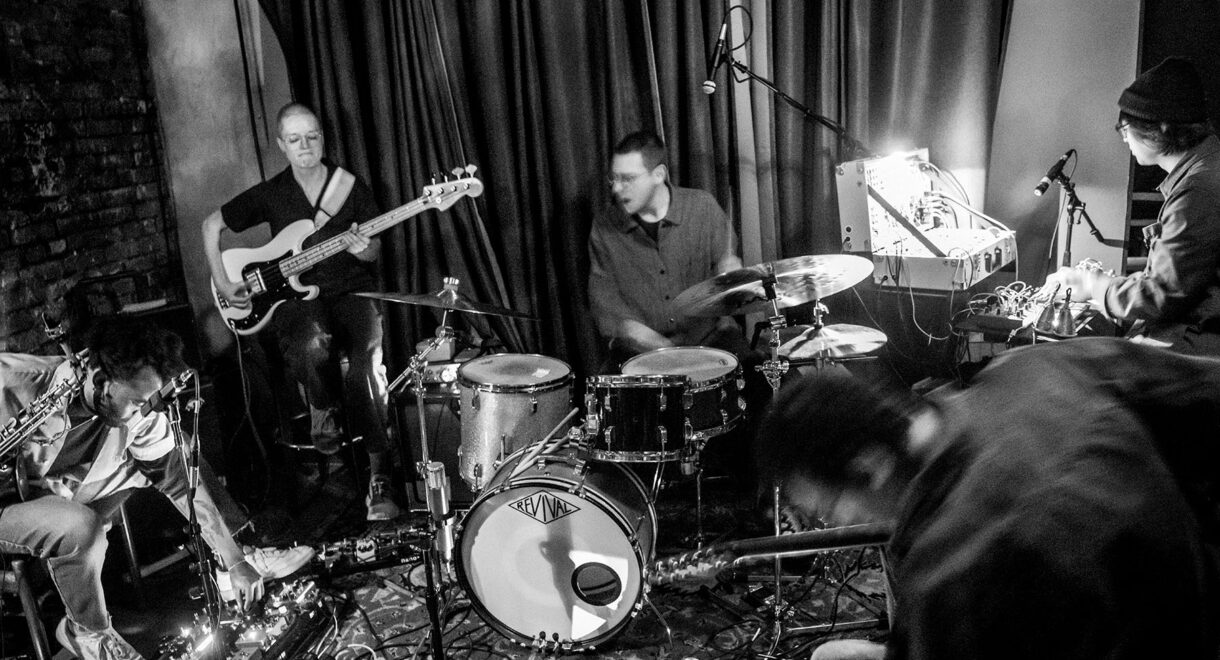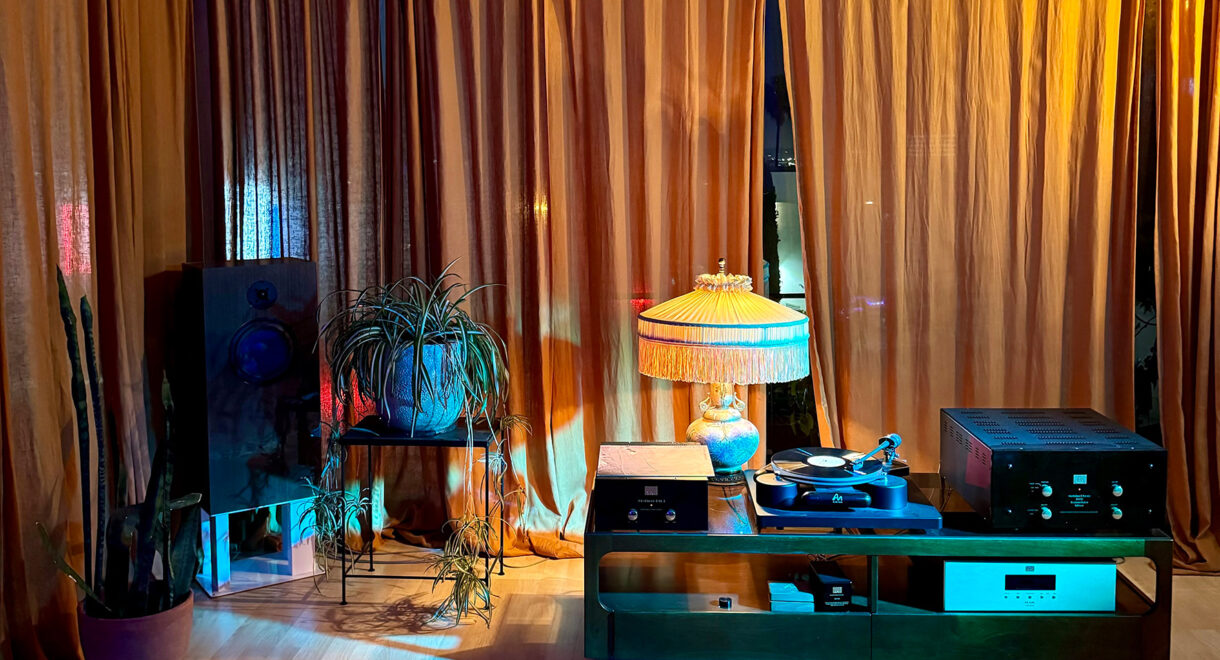Let’s allow the great dance music writer Barry Walters set the scene, which takes place not long after Larry Levan’s friend Frankie Knuckles started DJing in Chicago. There, […]
Wild Life Archive: In Conversation with Steve Terry
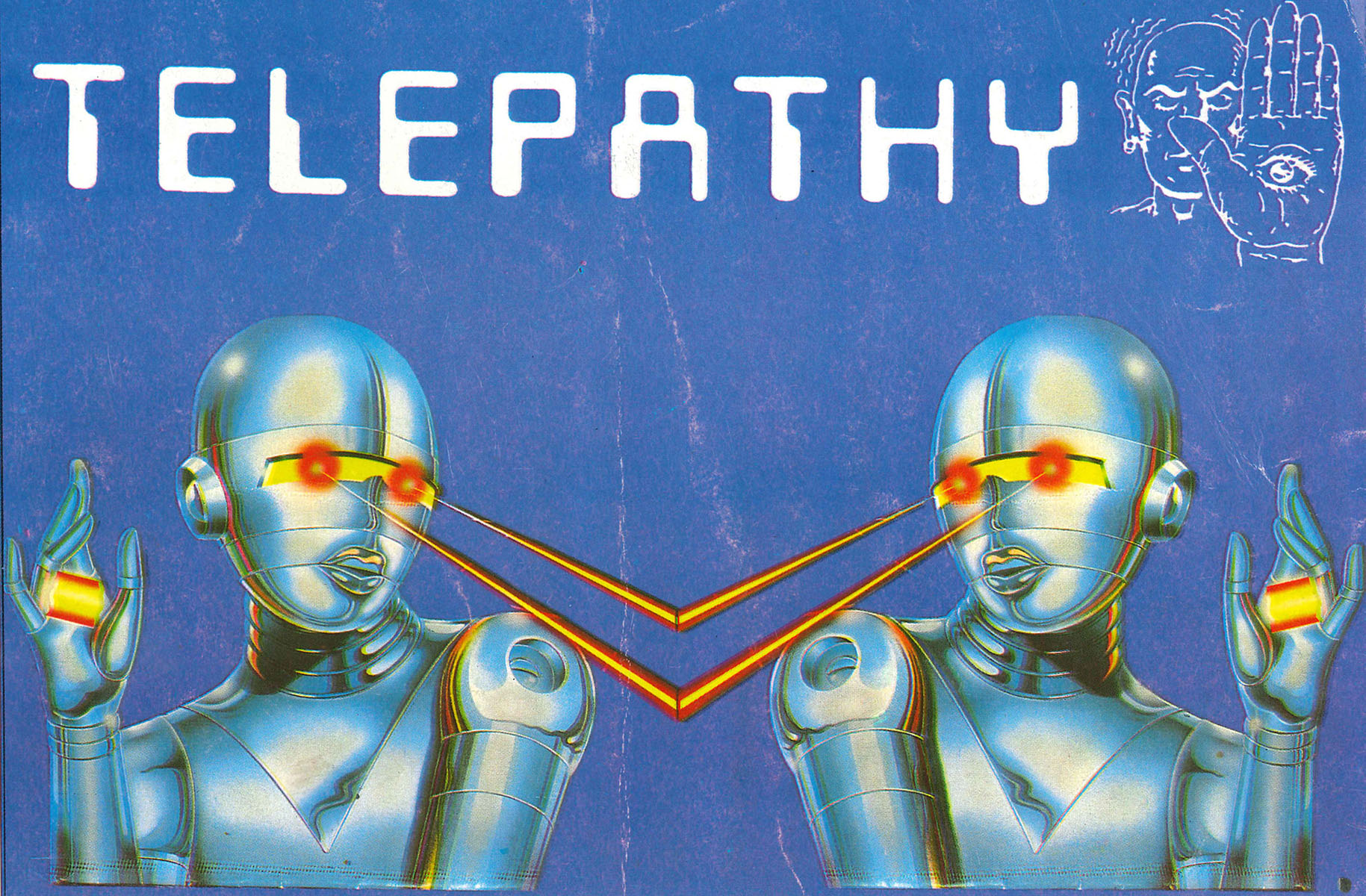
Explore one of the most fascinating collections of dance music ephemera on view now at SF MOMA until August 18th.
As vinyl collectors, we’re all well aware of the joys of physical media. Holding a record in your hand, taking in the artwork, opening up the gatefold, and reading through liner notes while the full 25-minutes of an album side plays through your home stereo can, at its best, feel like entering a portal into another time and place. Take a quick trip into San Francisco’s Summer of Love with Jefferson Airplane Takes Off; the Windrush with Linton Kwesi Johnson’s Bass Culture; Japan’s ’80s tech boom with Hiroshi Yoshimura’s Green; or New York’s Paradise Garage with Grace Jones’ La Vie En Rose.
Record collector, DJ, promoter, and dance music archivist Steve Terry has dedicated the past three plus decades to capturing and preserving a similar sort of feeling. His world-renowned Wild Life Archive, which consists of over 4,000 pieces of ephemera, books, magazines, clothing & related artifacts, is a “living historical document” that transports people directly into the parties, clubs, scenes, and sounds of dance music’s early origins and pivotal scenes including New York disco, Chicago house, Detroit techno, Belgium new beat, Ibiza balearic, and UK acid house, to name just a few. “Holding an original invite to the Paradise Garage feels like holding a piece of the club itself,” Terry says. “The process of sourcing materials for the archive is similar to record digging in as much as you are constantly researching, out making personal connections and always going that extra step in the hope of locating something special.”
The Wild Life Archive has been exhibited at world class museums and galleries including the Geffen Contemporary at MOCA in Los Angeles, Design Museum in London, Institute of Contemporary Art in London, Barbican in London, Tate in Liverpool, V&A in Dundee, Bozar in Brussels, Philharmonie in Paris and Vitra Design Museum in Germany. For those on the West Coast or visiting soon, items from the Wild Life Archive are currently on view until August 18th as a part of SF MOMA’s Art of Noise exhibition.
Below, In Sheep’s Clothing’s Phil Cho spoke with Wild Life Archive founder Steve Terry about his early encounters with dance music culture, favorite pieces in the collection, Second Summer of Love classics, New York / Keith Haring, and more! Stay tuned for additional articles featuring specific items from Terry’s extensive collection.
What was your first encounter with dance/club culture? Can you bring us back to that time and some early events that left a mark on you musically and culturally?
House music hit the UK charts in the mid-1980s. Tracks like Farley “Jackmaster” Funk’s “Love Can’t Turn Around” paved the way, and by early 1987, Steve “Silk” Hurley’s “Jack Your Body” reached the number one spot. These tracks would be on heavy rotation on commercial radio and appearing live on prime time TV shows like Top of the Pops. At the same moment you could tune into pirate radio stations where pioneer DJs were programming entire shows featuring the latest upfront dance music imports. Clubs had been slowly adopting house, techno & balearic style music since around 1985 with the first dedicated nights appearing around 1986/87 before it finally broke nationwide in 1988/1989 – the Second Summer of Love.
My first rave experiences were in East London warehouse’s – big sound system, fogged out dancefloor, strobes and 500+ sweaty bodies moving fluid to the music – we would come out in the morning light, be given a handful of flyers from rival promoters hanging outside and know we were going to do the same somewhere next weekend!
Can you describe the time leading up to the Second Summer of Love and its significance as a cultural movement?
The UK has a rich history of dance music culture going all the way back to the Mod & Northern Soul all nighters of the late 1960s onwards. By the 1980’s you had warehouse parties, sound systems, carnival, shebeens, all-dayers, weekenders and the more commercial nightclubs all helping to lay the groundwork for the Second Summer of Love. The influence of clubbing destinations like Ibiza & New York also played a role. It’s hard to overstate just how big the ‘acid house’ scene became in the UK – it was front page news in national newspapers and No 1 in the charts. This was a nationwide phenomenon – it went from 200 people in a venue in South London or Manchester to 25,000 people in a field in the home counties within about 18 months – it was massive. It became political when the government moved in to close it down – the outcome was an explosion of licensed venues and the emergence of the dance music festival culture we know today.
What are some of your favorite pieces in the collection from this era?
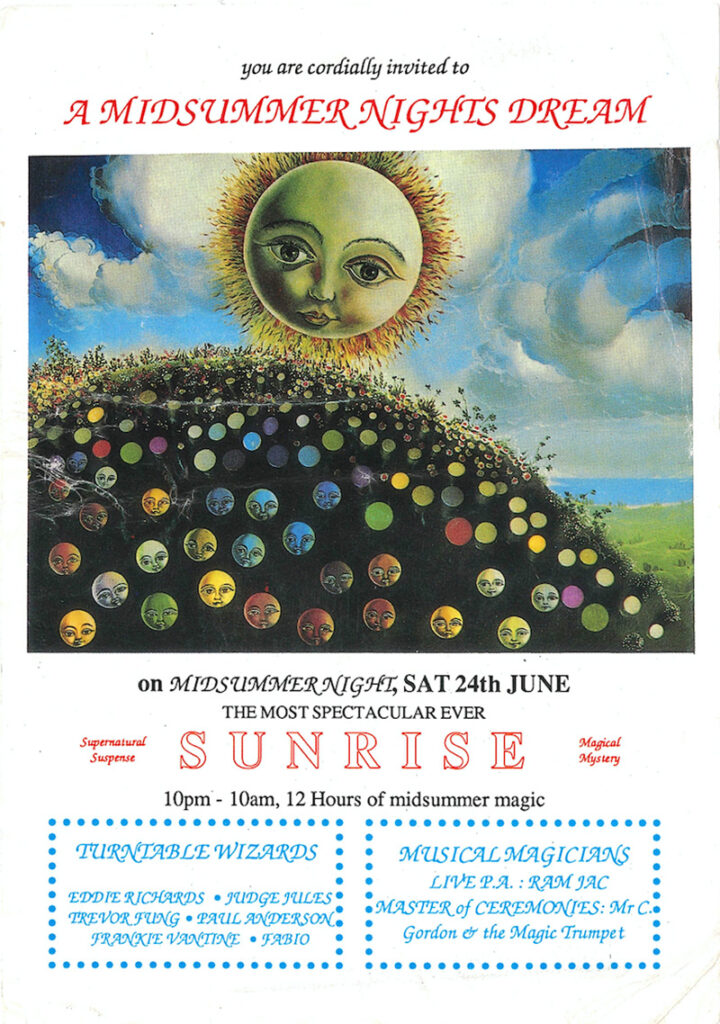
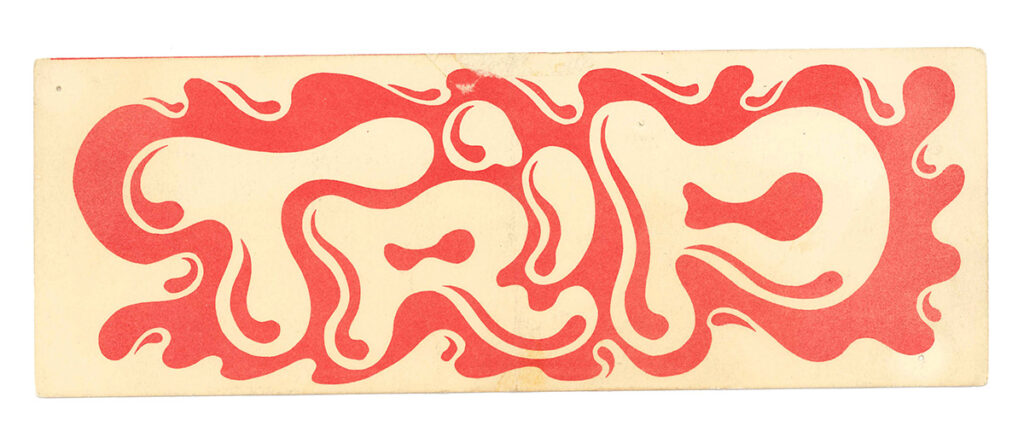
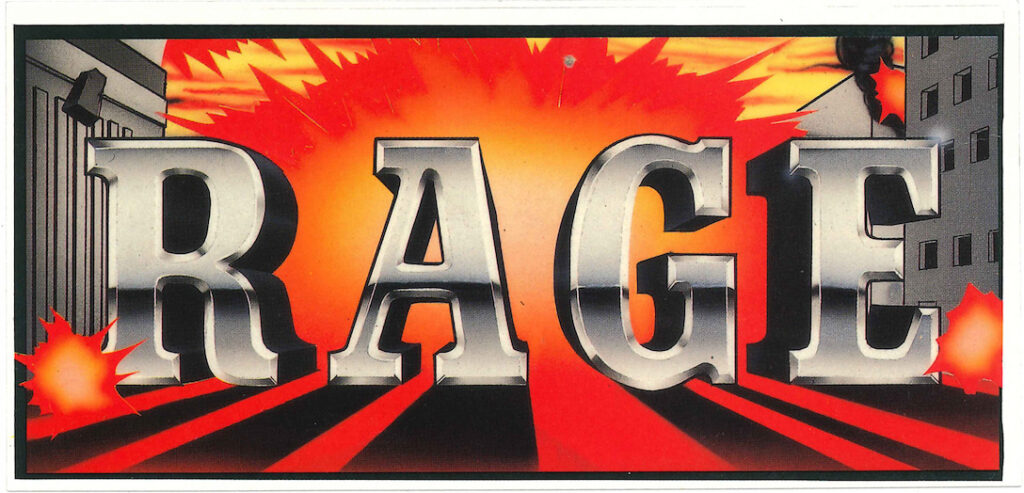
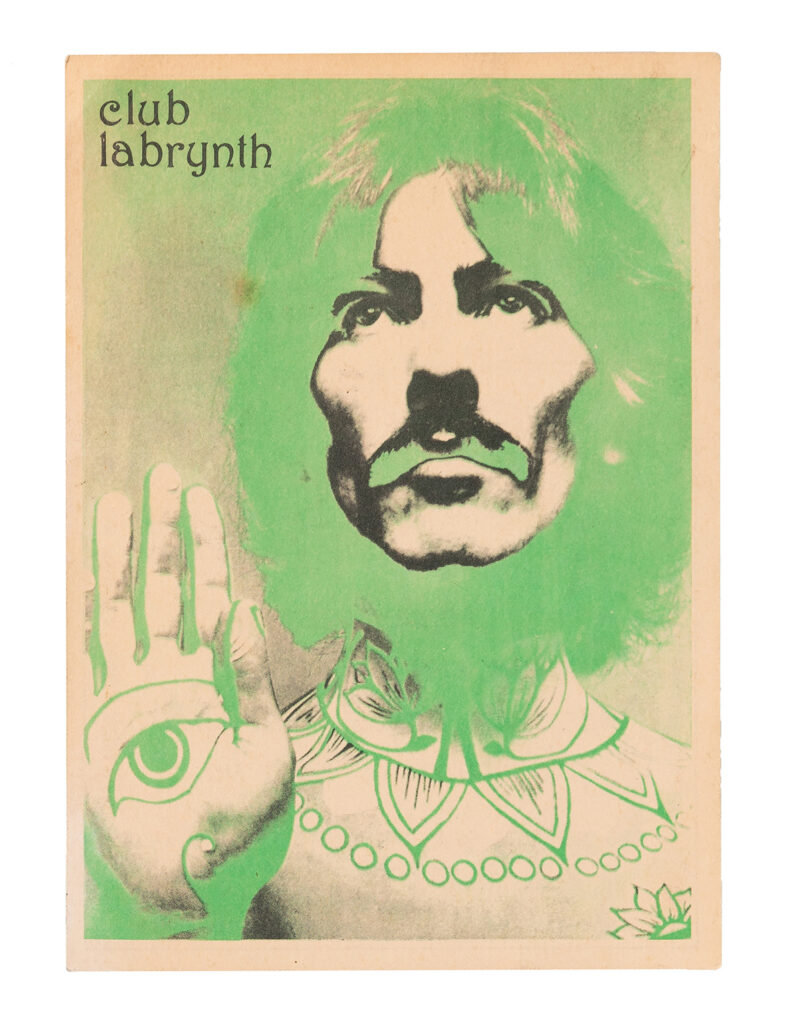
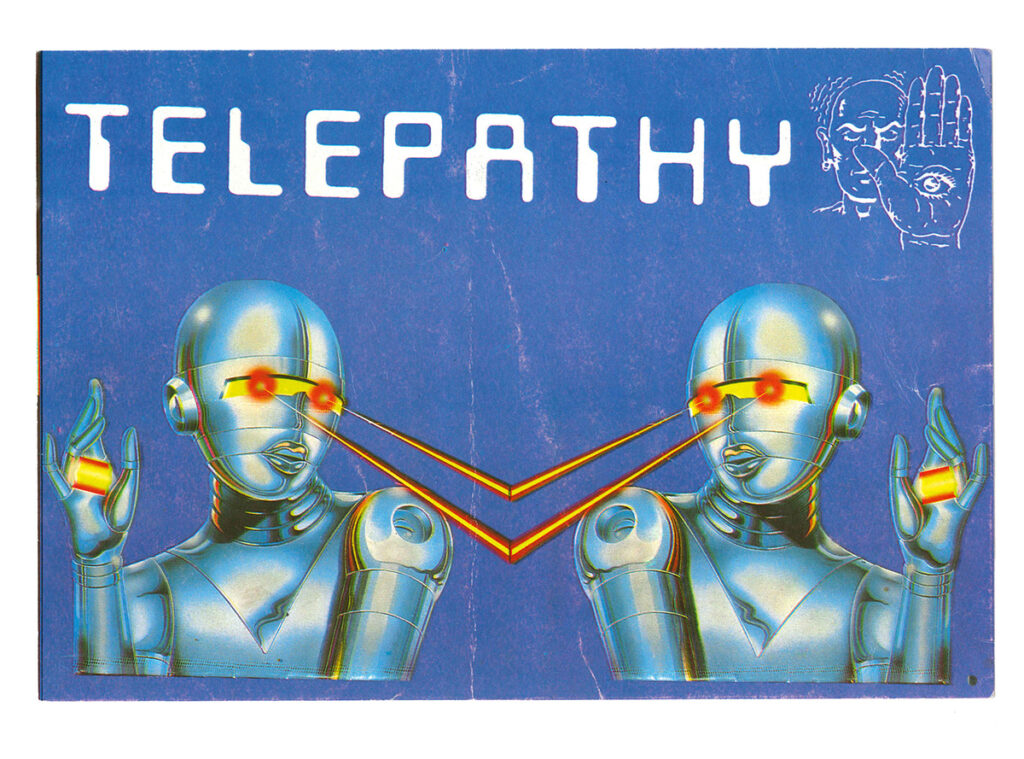
For you personally, what are 5 tracks that immediately bring you back to this time?
It’s a mix of tracks heard on pirate radio, mixtapes and on the dancefloor from that era:
Sha-Lor – I’m in Love (1988)
Fallout – The Morning After (1987)
Neal Howard – Indulge (1990)
808 State – Pacific State (1989)
Lennie De Ice – We are I.E (1991)
In the ‘00s, you also started organizing your own parties like the ‘Afternoon Sessions’ alongside Phil Mison. A lot of people who attended or played those parties went on to form labels that are still around today like Claremont 56, Leng, Emotional Rescue / Response, Parkway and Music for Dreams to name a few. Can you bring us back to that time?
The party happened by chance – Hugh Herrera was coming to London and we wanted to host a party for him as he had promoted Phil at Lounge Candela’s in San Diego the year before. At that time I was playing records on a Thursday night at Cafe 1001 in Brick Lane – I asked the owners if we could take the Saturday afternoon to host Hugh alongside Mark Seven who was also coming to London and they were into the idea. We had a such great turnout at that first party with so many fellow DJs, promoters and dancers we knew coming down that we decided to make it a monthly party. We were blessed with some great DJs over the years including Balearic Mike, Moonboots, DJ Alex, DJ Gareth, Hugh Herrera, Mark Seven, Gerry Rooney, Danny Rampling, Joel Martin, Simon Parris, DJ Oscar, Kenneth Bager and many more.
Can you share a few key tracks from those parties?
Oh boy – so many great tracks were played at the Afternoon Sessions. The idea was that guest DJs who were typically playing club nights could come along in the afternoon and play whatever they liked – music they would listen to at home or soundtrack a sunset to.
Some of these tracks might seem more obvious now, but 20 years ago many of us were hearing them for the first time – there was so much open knowledge sharing going on at these parties. Here are a few that come to mind:
The Blue Nile – Tinseltown in the Rain (1984)
Marc Almond – The City (1971)
Byron – Too Much (1985)
Bautista – Gone (1977)
Flayer – Wanna Get Back Your Love – Mix 2 (1983)
The Primitive Painter – Levitation (1993)
Flash & The Pan – Walking in the Rain (1978)
Alain Delon – Comme Au Cinema – Instrumental (1987)
Cerone – Generique Brigade Mondaine II (1978)
Forums like DJHistory.com were a key part of the community too at the time. What type of content was being posted? How did it help foster a sense of community? Were flyers scanned and posted there?
The Afternoon Sessions were like the physical embodiment of forums like DJHistory. All of sudden you could put a face to the moniker! Forum content was mostly made up of mixes, YouTube links, track IDs, party promo and good humor. This was pre social media, so much less visual and more text based at the time – the atmosphere was generous & well intentioned – everybody was sharing and supporting each other.
How and when did Wild Life Archive start?
I started collecting from the moment I got into clubbing – initially as a personal record. Picking up flyers from clubs, record stores and clothing boutiques around London then doing the same as I travelled further afield to other cities. To start with the collection was comprised of mostly contemporary material – then through meeting people, knowledge sharing, forum culture, compilation sleeve notes and books like Techno Rebels & Last Night A DJ Saved My Life the history started to open up – this lead me back in time and initiated the process of archiving the culture from its early origins.
Archiving and preserving physical media are of course a big part of your story. Have you always been a collector? What is your process like? Is it similar to record digging?
The club flyers, posters & associated ephemera are an essential element of the culture for me – they form part of the historical record. These artifacts, produced directly by the clubs themselves, capture a specific moment in time. Holding an original invite to the Paradise Garage feels like holding a piece of the club itself. The process of sourcing materials for the archive is similar to record digging in as much as you are constantly researching, out making personal connections and always going that extra step in the hope of locating something special.

You have quite a lot of Keith Haring pieces in the collection. What’s your relationship with New York and how did that part of the collection first start?
I first went to New York clubbing in the 90’s hitting parties like Body & Soul and Shelter which were both absolutely incredible. Over time I learned of Haring’s association with dance music – his friendship with Larry Levan and involvement with the Paradise Garage. The first item I came across was the bandana invite for the inaugural ‘Party of Life’ at the Paradise Garage in 1984 which celebrated Haring’s 26th birthday. Both Levan & Haring’s then boyfriend Juan Dubose DJ’d at that party. Haring produced other great promotional items for the ‘Party of Life’ series including buttons, vests and puzzles. It was a great privilege to loan some of the ‘Party of Life’ items from the archive to the Keith Haring exhibition at the Tate in 2019 which went on to travel to both The Bozar in Belgium & Museum Folkwang in Germany.

Beyond flyers and posters, you also have clothing, patches, and other items in the collection. What are some of the more unusual or unexpected pieces? I’m curious about these more creative analog promotional formats that probably don’t exist anymore.
An obvious one is publications – quite a few clubs made promo publications which are pretty rare these days like the KU Ibiza books or the Le Palace magazines. Other examples are fans, 3D invites and vinyl promo flyers – the Better Days one has Tee Scott talking over MFSB’s ‘Love is the Message’ promoting an upcoming party in October 1975.
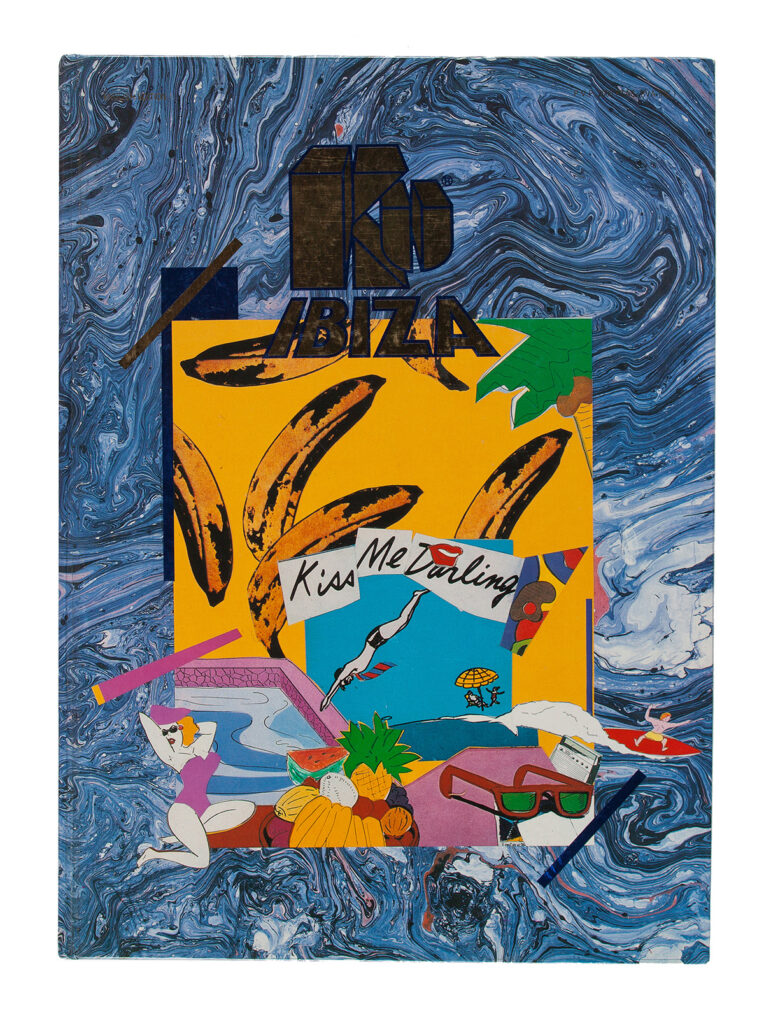
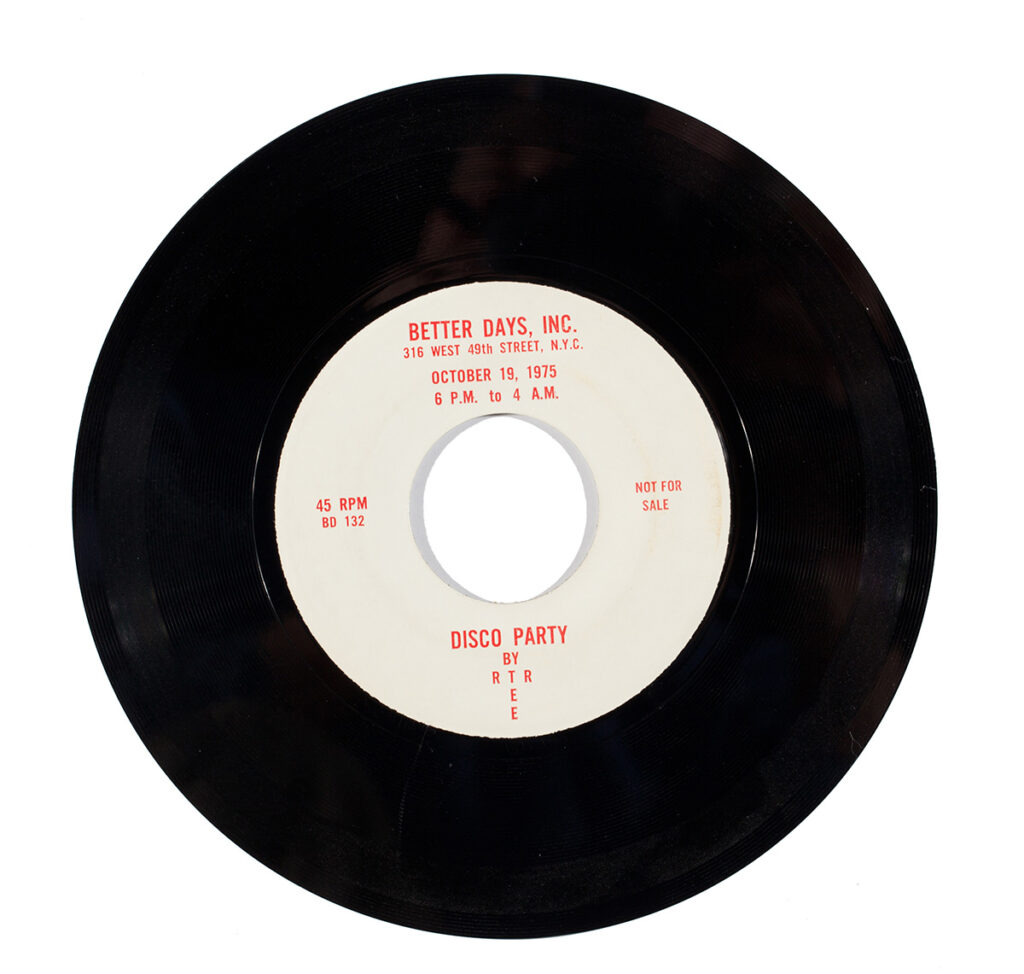
Wild Life Archive has taken you around the world (Amsterdam, Tokyo, London, Paris, Berlin). What have you learned from the international response to the exhibits?
That music is universal – there are nuances in musical style and presentation varies from city to city, but the overriding feeling is one of unity. I was at Precious Hall in Sapporo when Francois K played recently – it’s hard to put into words how good that space is – the sound system, build out and atmosphere are very special indeed. I met with the owner and picked up some merchandise, one item was a sticker with Precious Hall’s motto printed on it that pretty much sums up the answer to your question: ‘music brings us all together.’
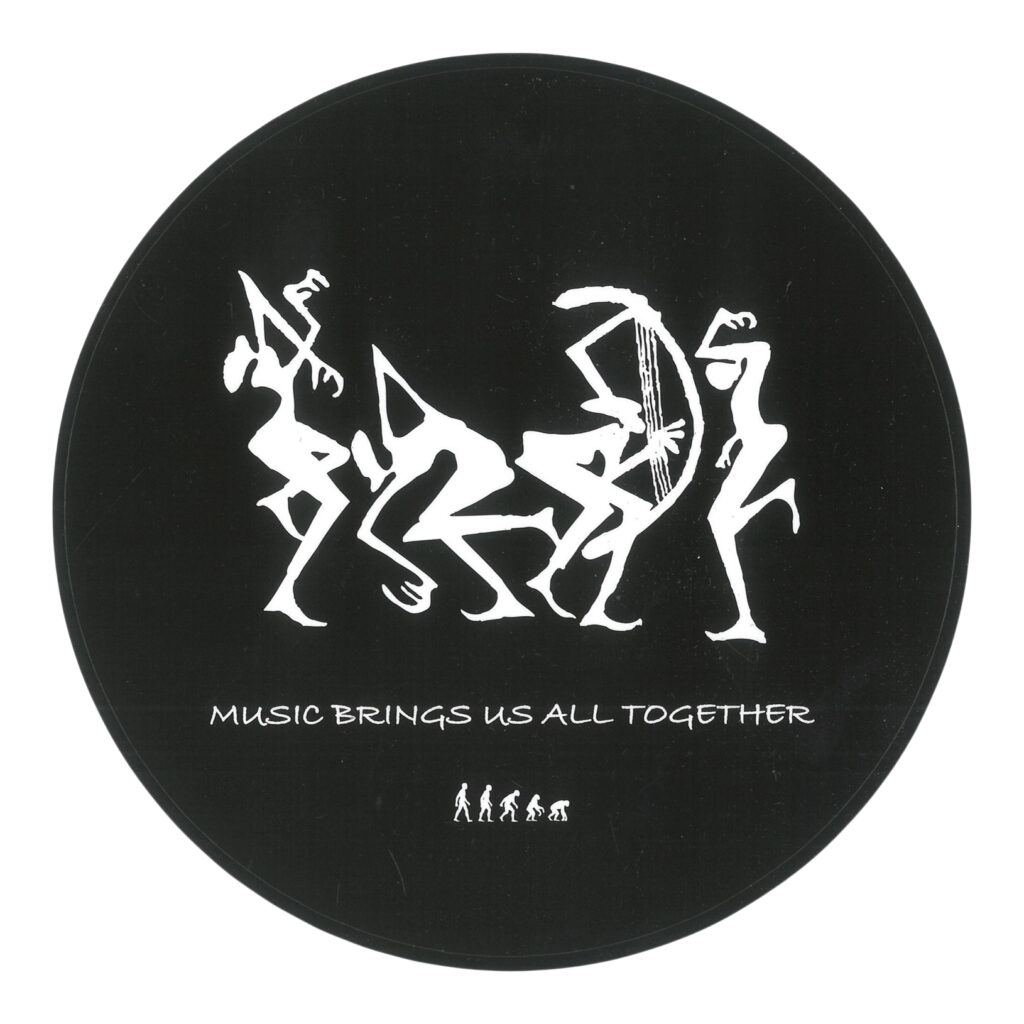
How has being a part of club culture affected your world and life view?
We have emigrated a couple of times over the years and the one consistent community that has been there for us is the dance music community. An instant connection that overrides all else. It has been our gateway into so many great friendships and good times.
Items from Wild Life Archive are currently on view at:
Art of Noise at SFMOMA, San Francisco, USA
https://www.sfmoma.org/exhibition/art-of-noise/
*Wild Life Archive will be playing records on Friday, May 31st from 10am to 5pm in the OJAS “HiFi Pursuit Listening Room Dream No.2” at the ‘Art of Noise’ exhibition at SFMOMA*
Dance – the design of a culture at Den Bosch Design Museum, Den Bosch, Holland
https://designmuseum.nl/en/derde-verdieping/dance
For more info visit: www.wildlifearchive.org




